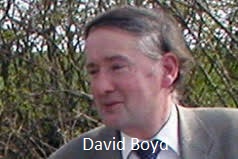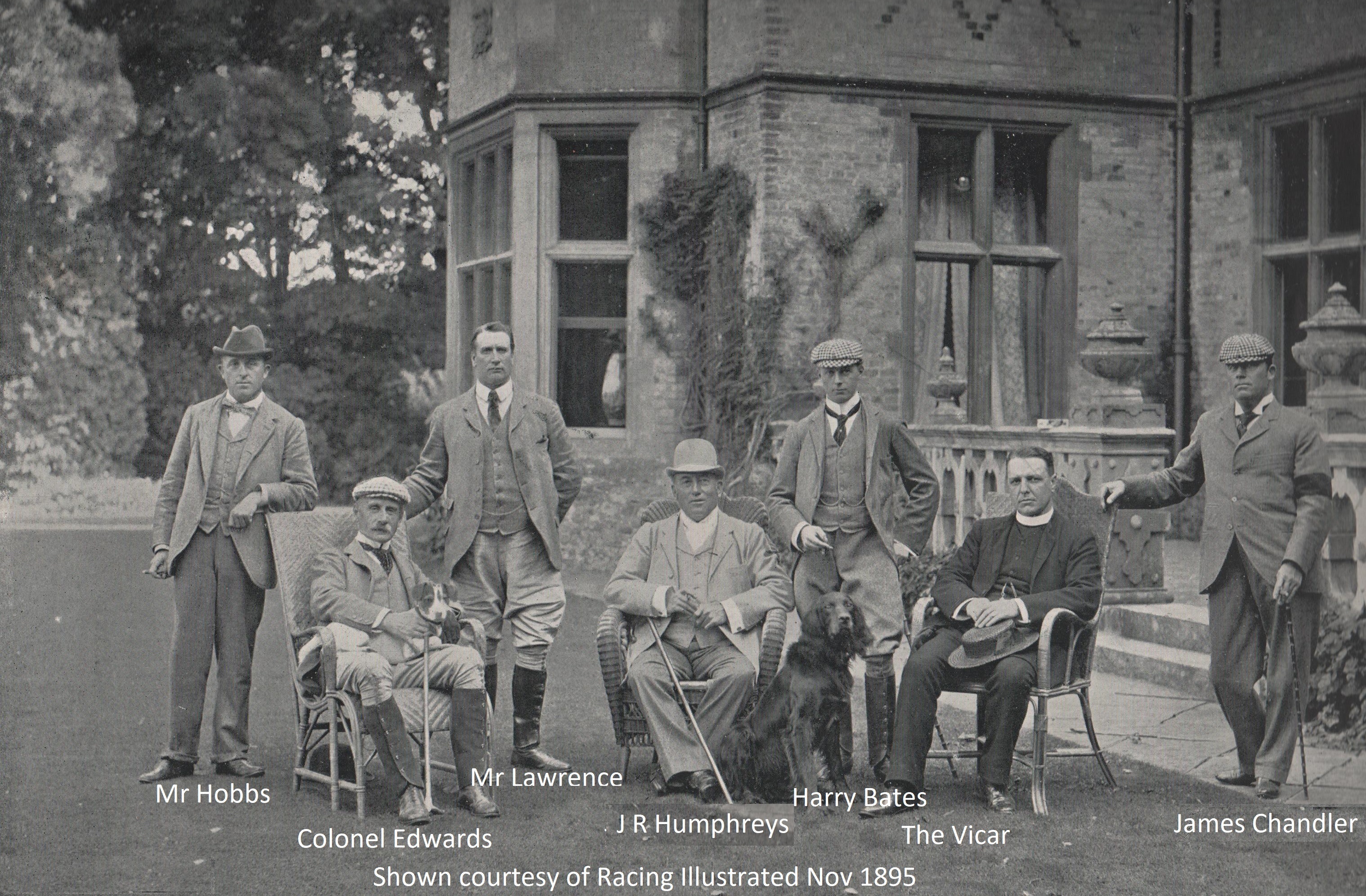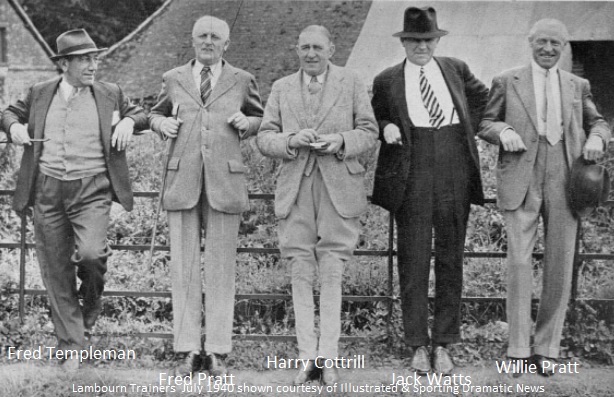| Lambourn, known today as 'The Valley of the Racehorse' can trace its racing history back to 1690 when the first recorded racing in the Berkshire village, a two-day meeting, took place during Easter week on Tuesday 28th and Wednesday 29th March 1690, the programme consisting of a £10 Plate and a £20 Selling Plate. Whilst it is likely that meetings were a regular occurrence thereafter, the next recorded racing did not take place until after 1700. William Craven, 3rd Baron Craven organised race meetings on Weathercock Hill near his Ashdown House. William was born in 1700 and inherited his father's titles, a mansion at Hamstead Marshall, Berkshire, and vast estates when he was just 11 years old. The Hamstead Marshall estate was first bought by Lady Craven in 1620, and remained in the family until the mid-1980s. 1st Baron Craven originally employed Sir Balthazar Gerbier and William Winde to design a grand house fit for a Queen, with work starting in 1661. Craven's vision was to build Hamstead Marshall Mansion as a 'miniature Heidelberg' for Elizabeth of Bohemia, sister of King Charles I, but she died on 13th February 1662 before the house was completed and, in the end, the house was less glorious than had originally been planned. He also built a hunting lodge, Ashdown House, near Lambourn, on another part of his vast estate at Ashdown Park, purchased in 1625, and the estate was expanded still further in 1630 with the purchase of Benham Park and House. 3rd Baron Craven, William Craven was educated at St John's College, Cambridge in 1716, and during the period he was at St John's, in 1718, Hamstead Marshall Mansion was destroyed by fire, with William Craven relocating to Coombe Abbey near Coventry. However, he still made use of Ashdown House as his base when racing on Weathercock Hill was being staged. William was prominent on the Turf from an early age, winning one of His Majesty's 100 guineas Plates at Oxford on Thursday 3rd September 1724 which enabled him to create links with other prominent turf members before the Jockey Club existed. |
The earliest race meeting to be held on Letcombe Downs, near Wantage, on land owned by William Craven was in August 1727. He, along with his younger brother Fulwar, founded the Craven Hunt, and initiated race meetings at Wantage, but he was equally keen to restart race meetings at Lambourn. Although a second meeting was staged at Wantage in 1728, with meetings actually continuing there until Tuesday 20th September 1796, William and Fulwar promoted the idea of a meeting at Lambourn, which finally came to fruition in 1731 at Weathercock Hill, on his Ashdown Park Estate, close to Ashdown House. Further meetings were held throughout the 1730s, although the first meeting to be recorded in Bailey's Racing Register was in 1734; a meeting held on Friday 14th May 1734 with the 30 Guineas Prize won by Mr Cole's Foxhunter. An early racecourse, a figure 9 shaped racecourse with a mile long straight, was located at Row Down on land owned by Fulwar Craven. It is extremely likely that William was one of the Founder Members of the Jockey Club in 1727, for he knew many of the other Founding Members, and would have associated with them at the races he organised. However, he did not subscribe to any of the races, the Wallasey Stakes, Great Stakes or October Stakes, traditionally seen as subscription races for early Jockey Club Members. William died on 10th August 1739, with his title, his Ashdown Park and Hampstead Marshall estates passing to his younger brother Fulwar. |
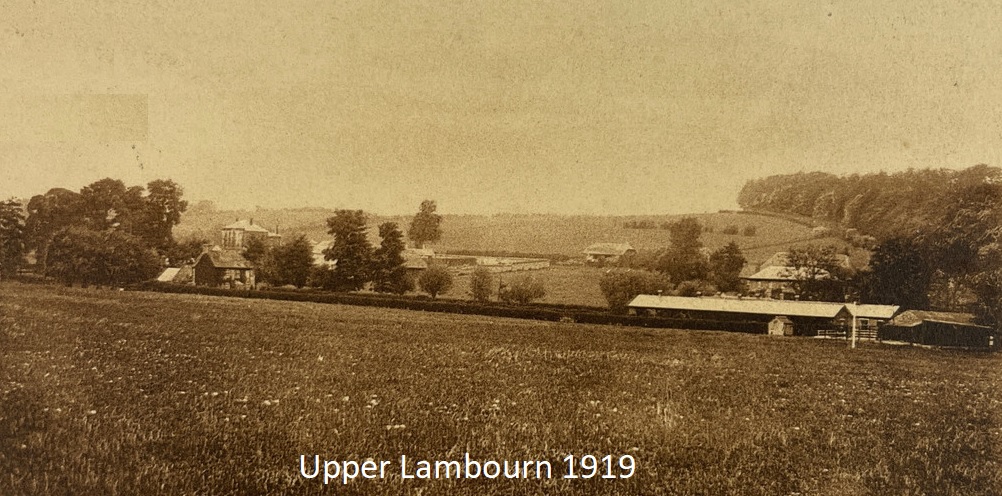 |
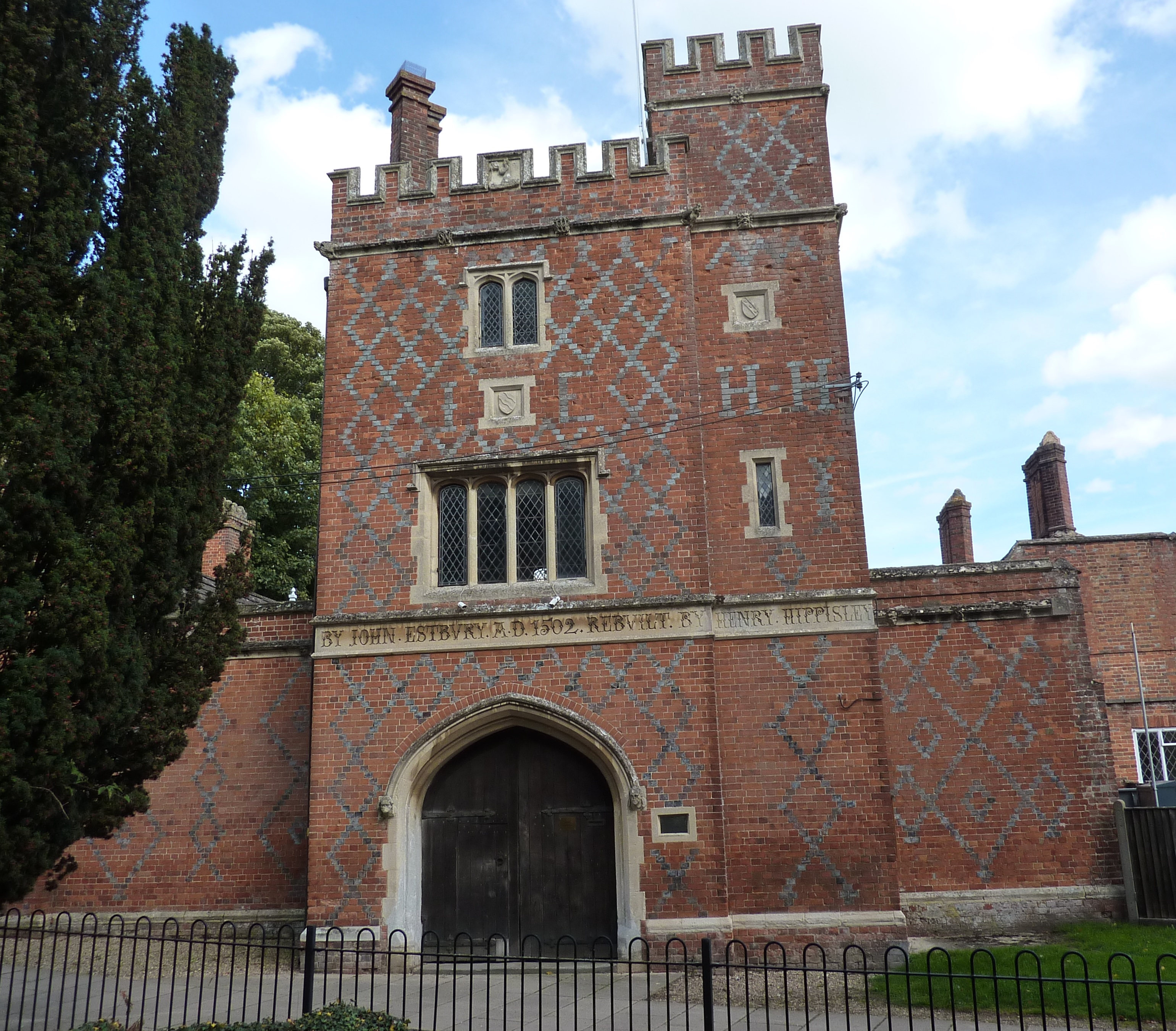 |
Fulwar, born in 1702, registered his racing colours of white satin and crimson cap, and was extremely keen on hunting and racing, pursuing both hobbies on his two vast estates which ran to 70,000 acres. After the death of his brother, Fulwar continued to allow his Bailey Hill Downlands, near Lambourn, to be used for race meetings, although they ceased for a short period between 1741 and 1749. Fulwar became a prominent individual in both the hunting and racing world, Master of the Craven Hounds, breeder and owner of racehorses and a member of the Jockey Club, although it is not known whether he was promoted to the Jockey Club in 1739 on the death of his brother. He was certainly a Member by 1758, and even had his first runner in a King's Plate on Tuesday 13th June 1758 at Winchester when Chanter was placed third. Racing continued at Bailey Hill Downlands from 1749 until Fulwar's death on 10th November 1764. A map issued by John Rocque in 1761 indicated the exact position of the course being used at that time. Fulwar Craven did not marry, so his title and estates passed to his cousin, William Craven, born on 19th September 1705, who became the 5th Baron Craven. William had been an MP, but on inheriting all of Fulwar's estates he became Master of the Craven Hunt and was promoted to the Jockey Club. He was just as eager as Fulwar had been to promote racing in Lambourn, with meetings being held throughout his lifetime, although he survived for only 5 more years after Fulwar's death. He died on 11th March 1769 and the title passed to his nephew, William Craven, who became the 6th Earl Craven.
William Craven, 6th Baron, married Lady Elizabeth Berkeley when she was just 16 years old. They lived at Ashdown House for 2 years and he was able to enjoy his posts of Master of the Craven Hunt and Jockey Club Member. The couple had 7 children and in 1771 he showed his support to Newmarket by introducing the 2-day Craven meeting. In 1775 he built Benham Park at Speen, Berkshire, while in 1780 he built Craven Cottage, later the home of Fulham Football Club. Lord Craven sponsored a race at the 2-day May meeting at Lambourn in 1778 and his wife, Lady Elizabeth, won it with her horse Pastime. He initiated the introduction of the Craven Stakes at Newmarket, first run in 1771 when won by Pantaloon, and this led to many racecourses around the country introducing their own version of the Craven Stakes. He died on 26th September 1791 whilst on holiday in Switzerland, but throughout his lifetime he supported Lambourn Racecourse. |
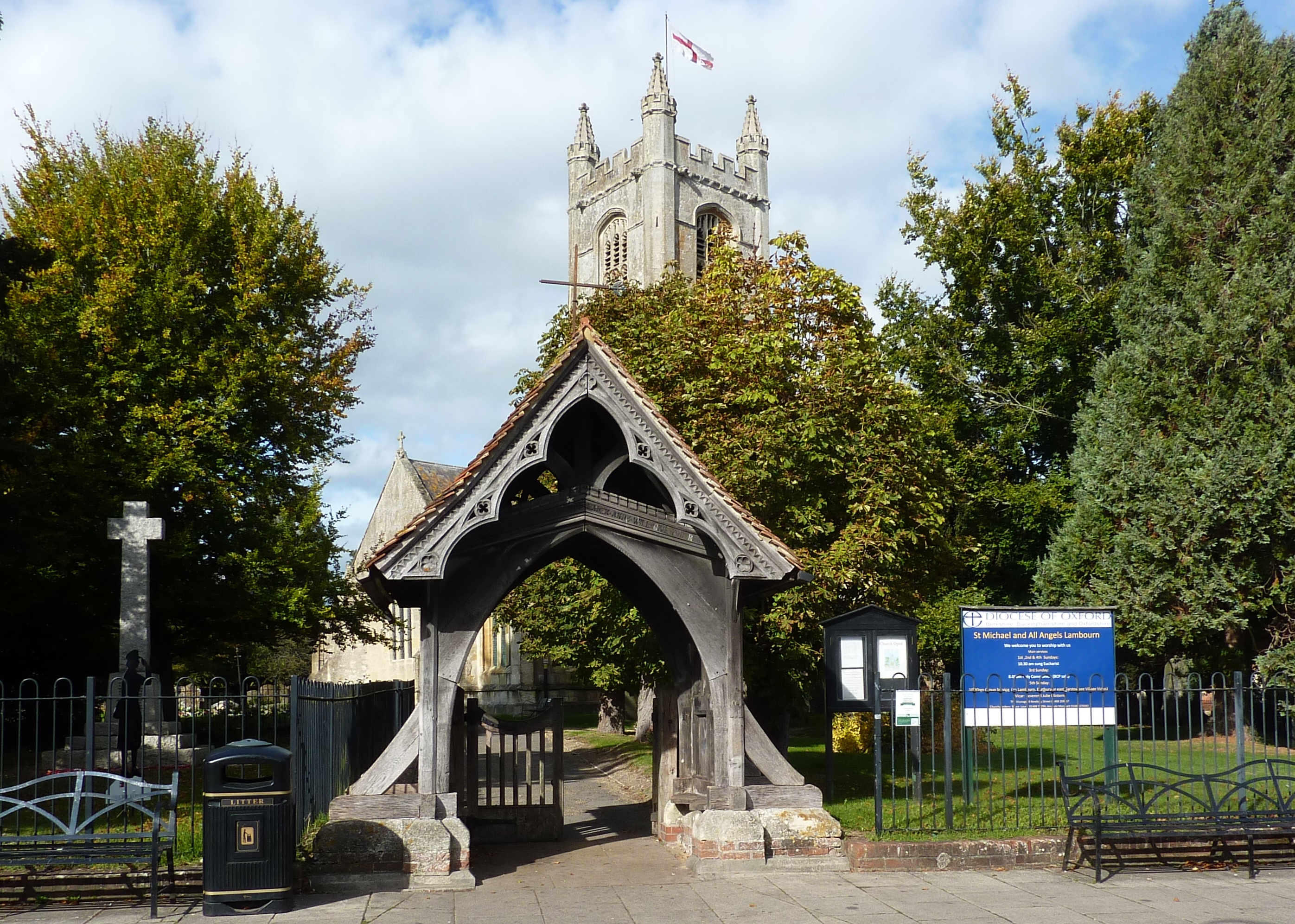 |
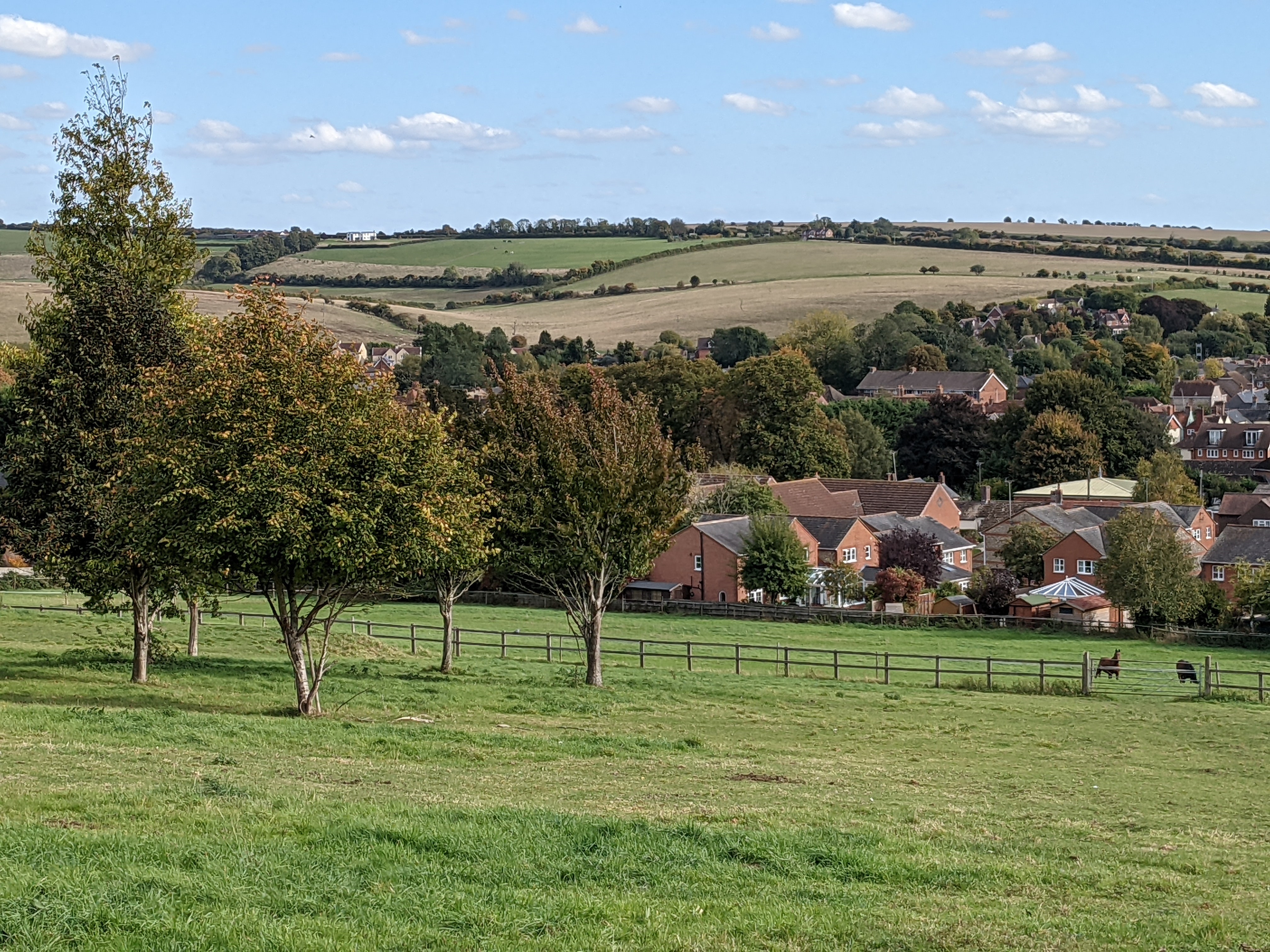 |
At the turn of the century a 2-day meeting was staged on Wednesday 10th and Thursday 11th September 1800 on Row Down racecourse under the Stewardship of Right Honourable Lord Craven and Anthony Bacon. Entries had to be made at the Red Lion on Monday 8th September, with a guinea to be paid for the first day and 2 guineas for the second day. No doubt, if horses outside of the Lambourn area wished to gain entry, then further stabling fees would be required for the period of the races. Liquor booths could only be erected on the racecourse by Lambourn publicans, while the erection of EO (even and odd) tables was strictly forbidden on the course. An Ordinary was served each day at the Red Lion at 1.30 prior to races starting at 4pm. After 1804 the Row Down racecourse was enclosed and became gallops, so racing ceased for a prolonged period before being transferred to the Rubbing House, close to Weathercock Hill, to the east of Ashdown House and the west of Seven Barrows, on land owned by Lord William Craven, grandson of the racing enthusiast Fulwar Craven. Later maps indicate the exact positions of two further racecourses in operation in Lambourn in the 19th century. By 1840, although Lambourn could not boast regular race meetings, it could advertise itself as a centre of excellence for the training of racehorses. A number of prominent owners were happy to transfer their horses from racings headquarters in Newmarket, where the ground was invariably firm, to Lambourn where the training gallops were significantly better. In the early 1850s Joseph Saxon became one of the first, and best known owners and trainers in the village, alongside Edwin Parr, John Prince, John Drinkald and Luke Snowden. Some of the earliest stables were located at the Red Lion Inn, Saxon House, built by Joseph Saxon in May 1854, Seven Barrows, owned by Saxon's great friend and later great enemy James Barber, and the present day Kingswood House Stables, then known as Lambourn Stables. A further boost to Lambourn occurred when Baron de Rothschild built stables at Russley Park, Wiltshire, just 7 miles from Lambourn, and made use of the excellent Lambourn galliops.
William Craven became the 2nd Earl Craven on the death of his father in 1825 and lived, with his wife Emily, at Ashdown House. Prior to his father's death he had promoted himself as Viscount Uffington, but was happy to become 2nd Earl Craven, and was a prominent racehorse owner, owning Charity, winner of the 1841 Grand National, and part owning Wild Dayrell, winner of the 1855 Epsom Derby. He gave permission for Lambourn races to be held close to Ashdown House at Weathercock Hill gallops in 1865, although he died just a year later on 25th August 1866. His first-born son, William had died at the age of 26, so the title and lands passed to his second son, George. |
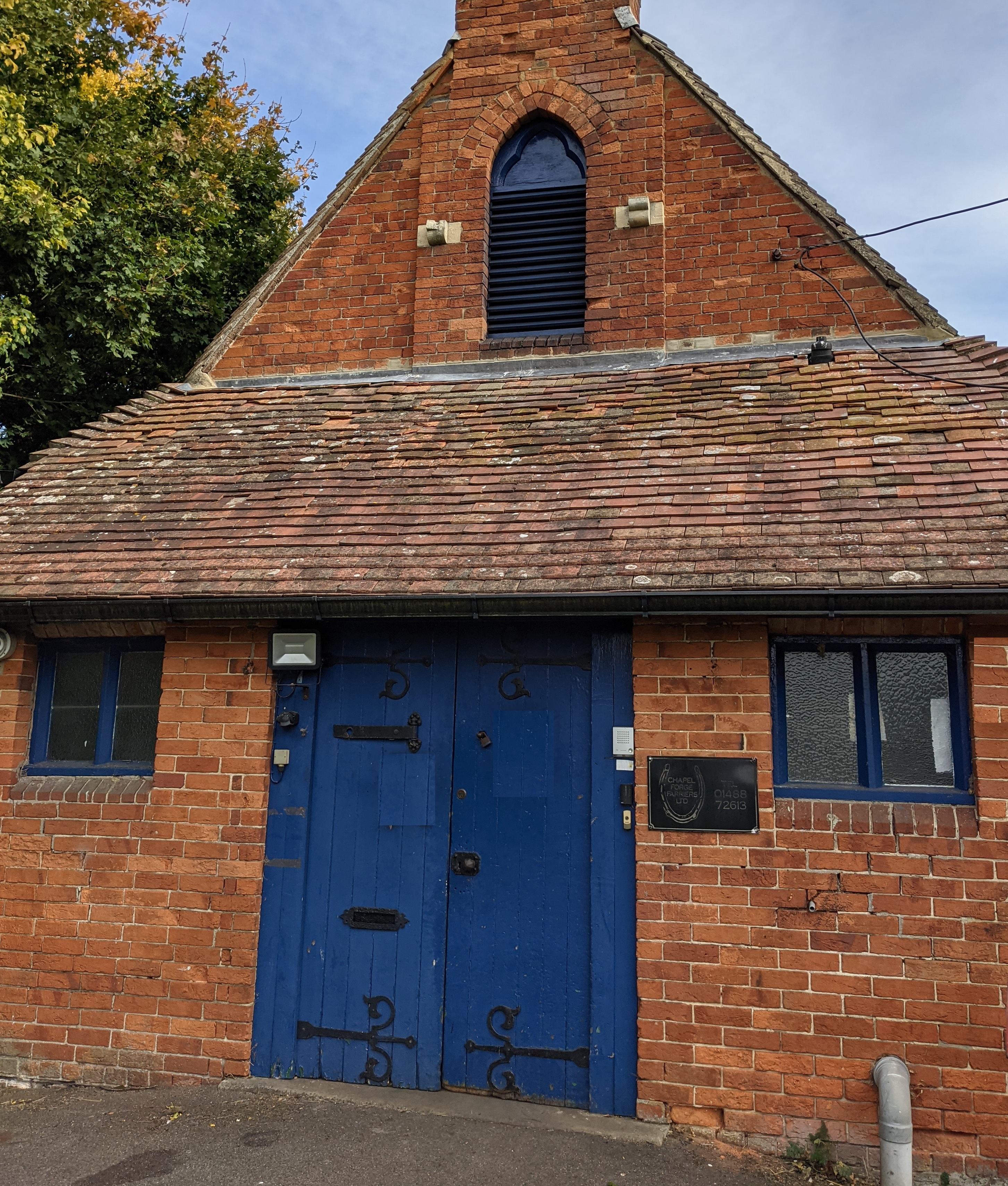 |
A 2-day meeting was held in September 1865 on the course on Weathercock Hill, with a Grandstand erected close to the Rubbing House from which a magnificent view of the surrounding countryside could be obtained. The attendance was good, given that there had been a lapse in race meetings, although the police were not over-vigilant in stopping the 'card-sharpers'. However, the newspapers did not report favourably on the meeting, with one stating, 'It is somewhat surprising that the meeting, considering its situation and the celebrity of its training grounds which are situated in the immediate neighbourhood of the course, and the renowned sporting antecedents of the 'stables', should have been such an utter failure. Without doubt this is in the main attributable to the shoal of meetings which have followed the mighty gathering on Doncaster Moor, but still, bearing in mind the influential character of the Stewards, and the power which should have consequently been brought to bear upon the meeting, Lambourn Races 1865 should have been a better meeting than it was. The course is an admirable one, the nature of the turf renders it in almost all weathers excellent going, but the stand receipts were not large despite the numerous audience'. The influential people the newspaper referred to included Stewards the Marquis of Ailesbury, the Earl of Portsmouth, the Earl of Coventry, Viscount Uffington, while the Handicapper was none other than Admiral Rous who, by that stage, was Perpetual President of the Jockey Club. After the disappointing reports about the 1865 meeting, races between 1866 and 1868 were less high profile, but after a lapse of 8 years, the energy of several local gentlemen led to the meetings being revived in 1876 which attracted Lord Craven and 5th Lord Rosebery, Archibald Primrose, later Prime Minister between March 1894 and June 1895. On 25th August 1866 George Grimston became the 3rd Earl of Craven, and with it came responsibility for Ashdown House, for 55,000 acres of land, and for ensuring that Lambourn races continued to be held on his Weathercock Hill Gallops. However, the final meeting was staged on Tuesday 2nd July 1878, well before the Earl died in 1883.
That meeting in 1878, only the third to be held in the village since racing resumed after a prolonged absence, was met with kind words in the newspapers which forecast, 'this meeting may now be regarded as firmly established and of certain continuance for years to come'. In the event the words were hollow, as this proved to be the final meeting held in the Berkshire racing village. An impressive group of Stewards gave the meeting their support, led by the Duke of Westminster, the Earl of Rosebery and the Earl of Craven. The roads leading to the course, located in the vicinity of Weathercock Hill, were poorly maintained, yet the only means of getting to the course was via the roads on well-appointed drags or humble carts. Although a 7-race card had been advertised, the final race failed to fill, so a six-race card began at 1.45pm.
|
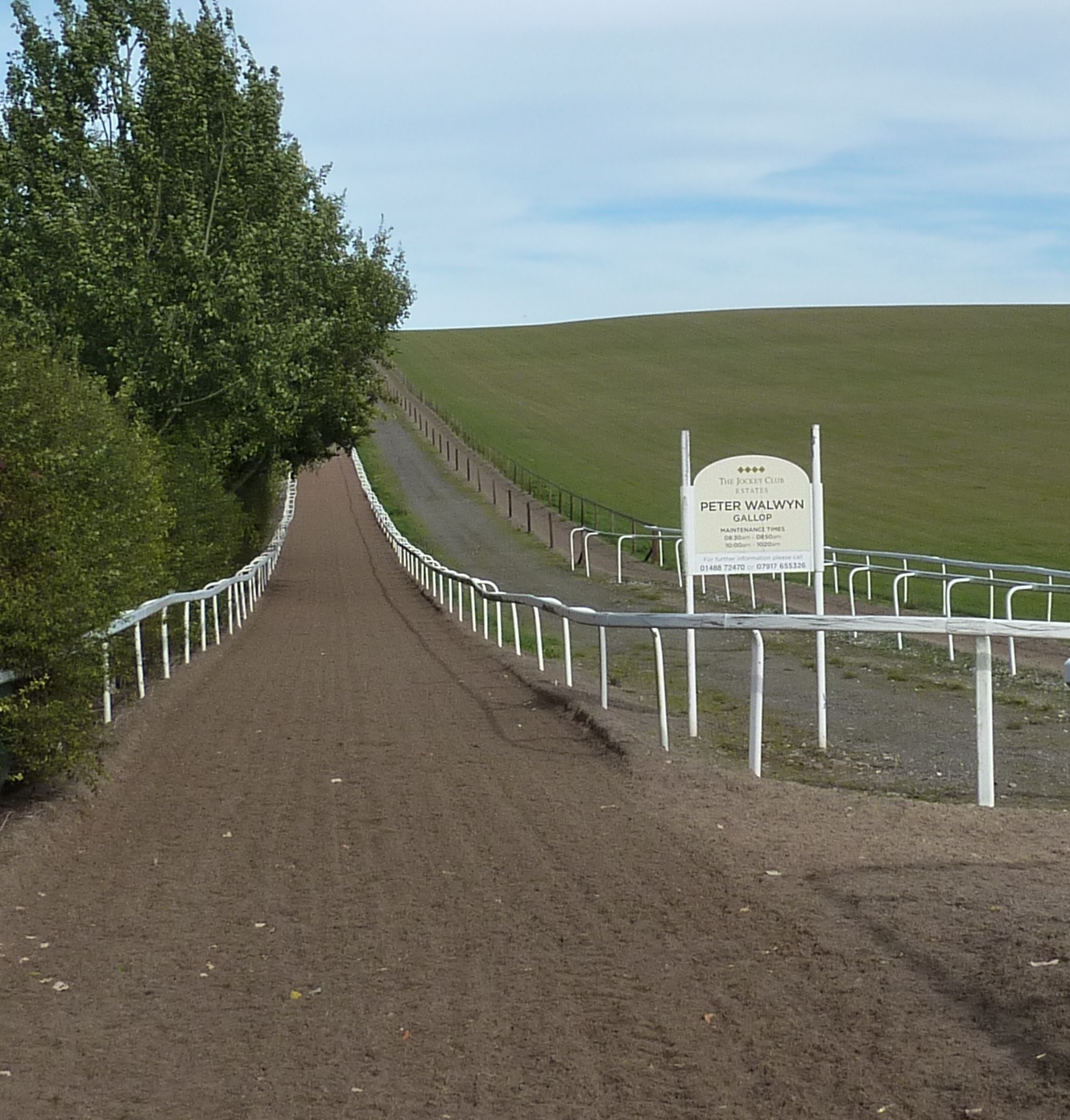 |
| Although racing ended in Lambourn in 1878, and training stables had occupied the village for over half a century, it was the village's link to the rail network in 1898 which gave trainers their big boost and largest period of expansion. |
| Today Lambourn remains home to over 30 prominent racing stables, and its famous gallops continue to prepare Derby, Gold Cup and Champion Hurdle winners, but maybe the location of the town and challenging transport links prevented it from further developing its racecourse, with the final meeting taking place on Tuesday 2nd July 1878. |
